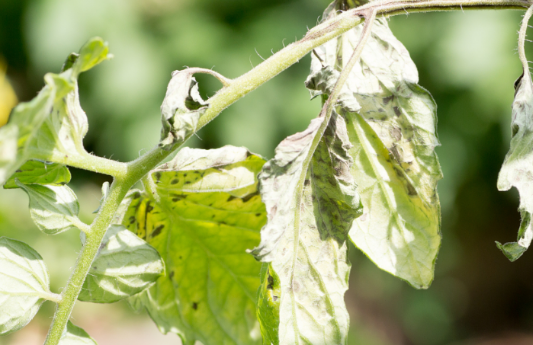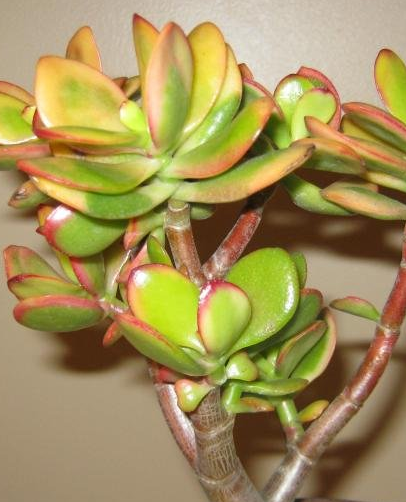If the plant is sick, it is also contagious!
Recently, Xiaozhi will see many friends say to me that my plant is sick, what is the reason and so on. Plants are generally physiological and pathological when they are sick. Just like people, they need to prescribe the right medicine to the case. If you are misdiagnosed, the plant will not survive in the end.
The infectious diseases of plants are generally four points: contagious, limited, sporadic and diseased. And plants generally spread the virus from these aspects.

I. Seeds
If the early mother plant receives virus infection, it is possible that the virus infects the flower organ, and the virus enters the seeds to cause toxicity. The virus seed carrying rate is generally 1%-30%, but the rate of soybean seeds carrying tobacco ringspot virus is almost 100%. The virus rate of melon seeds with pumpkin mosaic virus reached 28%-94%, and that of barley seeds with barley striped mosaic virus reached 50%-100%.
II. Pollen
The virus transmitted by pollen is relatively few, generally, pollen fertilization of plants with the virus and healthy plants will cause virus transmission.
III. Vegetative reproduction
1. Grafting, bud grafting, branch grafting and so on. Almost all plant viruses can be grafted.
2. Cuttings with virus. The seedlings grown from cuttings carry virus.
3. If the tree is infected with virus disease by natural root grafting, the disease can be transmitted by contact between plants.
4. Strawberry plants infected with stolon virus can transmit the disease through stolon contact with other plants.
5. Vegetative propagation tuber (potato), root tuber (sweet potato), bulb (onion) and bulb (tulip) can be used as transmission vectors of the virus.
IV. Insects
As long as the poison-transmitting insects are aphids and leafhoppers, other insects of Hemiptera (planthoptera, whitefly, whitefly scale, scale insects, etc.), and Coleoptera (beetles, etc.), Orthoptera (locusts) and other insects. The transmission of viruses by insects is the most common, so this requires attention.
5. Virus infection
Except for viral and mycoplasma-like diseases, other infectious diseases have symptoms. For example, there are purulent substances in the diseased part of bacterial diseases, and rust, powdery, mildew and cotton flocs in the diseased parts of fungal diseases. There is one point to tell you, a lot of public opinion in the market that some plants have viruses, they can not eat, this is wrong!
The premise of virus infection is that there is a receptor protein of the virus on the host cell membrane. Plant viruses can only infect specific plants and will never infect humans! Because plant cells and human cells, their membrane receptor protein is completely different, human cell membrane does not exist plant virus receptor protein, so plant virus can not infect animal cells, can not enter human cells to reproduce!
Time: 2019-04-15 Click:
- Prev

How to maintain the "crown of benevolence" of tequila? does tequila bloom?
Agavetitanota tequila is a perennial succulent plant with a stemless length of 20cm and 30cm. The fleshy leaves are rosette, the upper half of the leaf is narrowly oval, the tip is pointed, with sharp black-brown thorns, and the upper half of the leaf margin has a dark brown stratum corneum.
- Next

Propagation methods of Clematis roxburghii
Propagation methods of Clematis roxburghii
Related
- Fuxing push coffee new agricultural production and marketing class: lack of small-scale processing plants
- Jujube rice field leisure farm deep ploughing Yilan for five years to create a space for organic food and play
- Nongyu Farm-A trial of organic papaya for brave women with advanced technology
- Four points for attention in the prevention and control of diseases and insect pests of edible fungi
- How to add nutrient solution to Edible Fungi
- Is there any good way to control edible fungus mites?
- Open Inoculation Technology of Edible Fungi
- Is there any clever way to use fertilizer for edible fungus in winter?
- What agents are used to kill the pathogens of edible fungi in the mushroom shed?
- Rapid drying of Edible Fungi

